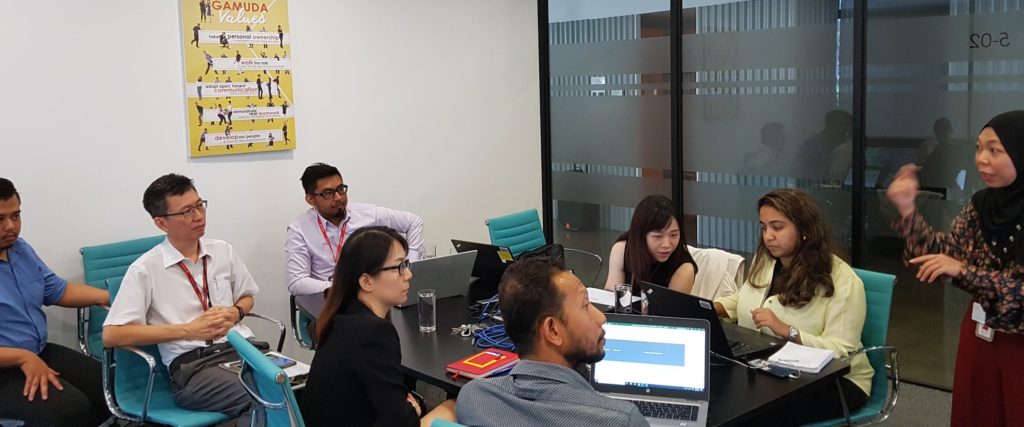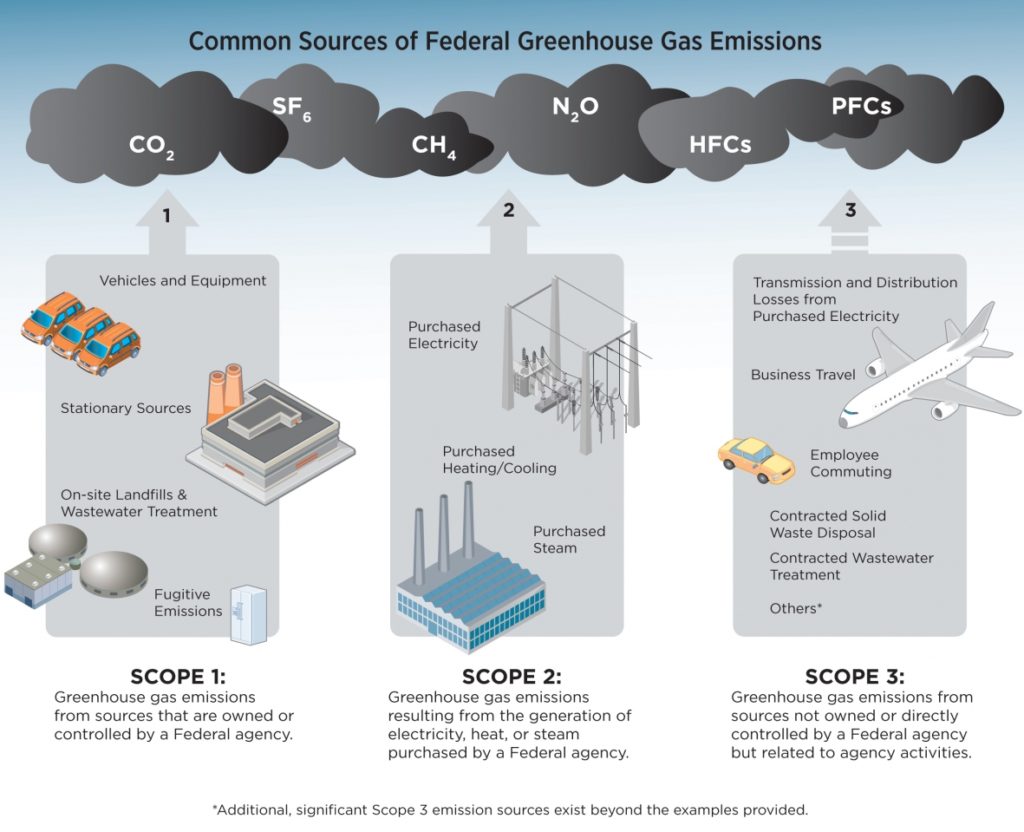Sheena Wong
Building on the Group’s first greenhouse gases (GHG) exercise, we will continue expanding the GHG inventory to the rest of Gamuda developments.
The construction sector delivers the infrastructures necessary for societal growth by consuming non-renewable, fossil-based energy. Naturally, it also emits a large amount of GHG in the process.
It was reported in the Global Status Report for Buildings and Construction 2019 that buildings and construction together account for 36% of global final energy use and 39% of energy-related carbon dioxide (CO2) emissions when upstream power generation is included.
Overall, our progress towards sustainable building and construction methods is advancing, but improvements are still not keeping up with a growing population and increasing energy demand.
While there have been calls to reduce emissions, capture carbon, and move away from fossil fuels, what has been done by the construction sector is little compared to the amount of carbon it emits.
As a responsible builder, we are addressing our GHG footprint.
While reducing GHG emissions is essential to prevent further deterioration of our changing climate, we cannot manage what we cannot measure.
Hence, since the beginning of 2020, Gamuda embarked on a data-based journey in developing our first GHG inventory jointly with Gamuda Land, Gamuda Engineering, and Gamuda Berhad.
The objective was to establish a comprehensive baseline for GHG measurement and monitoring, especially for Scope 1 and 2 emissions.
The entire exercise was based on a robust, credible and globally-recognised framework to identify and calculate emission sources – the GHG Protocol.
By the end of FY2020, we completed a series of workshops and follow-up sessions with key personnel who have access to essential information on our on-site or off-site processes.

This exercise covered different facets of the Group’s businesses, namely Menara Gamuda, MRT Putrajaya Line’s Ampang Park Underground Station, twentyfive.7 sales gallery, Gamuda Walk as well as Kota Permai Golf and Country Club (KPGCC).
It had since involved and exposed Gamudians from the construction, QSHE, project management, clubhouse, facilities to administration the right way in measuring and reporting the GHG information.
In constructing a built environment, we often engage a range of internal and external services at different points in the value chain, spanning across finance, design, materials, construction, and life cycle maintenance.
GHG emissions take place in these aspects of our businesses and along the value chain, and they are categorised into three scopes.

Source: The US Department of Energy
Scope 1 emissions
Direct emissions from the burning of fuel, fugitive emissions and chemical processes that are under the reporting company’s control.
Construction specific examples are the diesel generators (Genset) to illuminate our project site, air-conditioning leaks, the diesel or fuel consumption by excavator, crane, company-owned cars, and motorcycles designated for employee use.
Scope 2 emissions
Indirect emissions from the use of purchased electricity.
For example, the electricity sourced from Tenaga Nasional Berhad (TNB) to power our electrical-driven machinery e.g. the tunnel boring machine (TBM), project sites, office buildings, centralised labour quarters, etc.
Scope 3 emissions
All other indirect emissions that occur in the value chain of the company, including both upstream and downstream emissions.
Examples are the embodied carbon in construction materials, fuel consumption from employee-owned vehicles or other commutes (flight, train, bus) by vendors in accessing our project site.
Rise spoke to some of our colleagues who were extensively involved in this GHG exercise.
Teng Yew Woo, Safety and Health Manager for MRT Putrajaya Line offered his view, “GHG reporting was a new topic for me back then. Now, I’m glad to be a part of this exercise as I have gained so much in learning the global standards for sustainability reporting.”
He believed that GHG monitoring is a very long journey for the construction sector, “It takes a lot of hard work and commitment to influence our construction peers to adopt better management of our GHG emissions.”
“Through a GHG perspective, we understand the consequences of our operations better and how it affects our lives,” Teng said.
Shamsudin Yusof, Environment Manager for QSHE department, had a challenging time collating data across different departments. He shared that cross-departmental coordination for data collection sometimes complicates the process, raising doubts on data quality and accuracy.
Still, he believes in continuous effort as he said, “GHG measurement gives an indicator on our carbon footprint to our investors, and is fast becoming a trend for corporations worldwide to seize as a solid business case.”
“In the future, we should plan to audit our GHG data collection for better transparency,” added Shamsudin.
Eric Chua, Project Engineer for Project Management Department, twentyfive.7 said, “It’s scary to see the numbers and realise that we have emitted so much GHG from day-to-day operations.”
He recalled one of his biggest challenges during the data collection exercise was the lack of company records for on-site fuel consumption by company-owned motorcycles. “We had to categorise that as a negligible sum, but from there, we aim to improve our data recording practices,” he said.
“There’s no way that we could eliminate GHG emissions entirely, but this exercise serves as a good reminder for us to identify the gaps and direct our efforts on the greatest GHG reduction opportunities,” added Eric.

Teng Yew Woo
Shamsudin Yusof
Eric Chua
